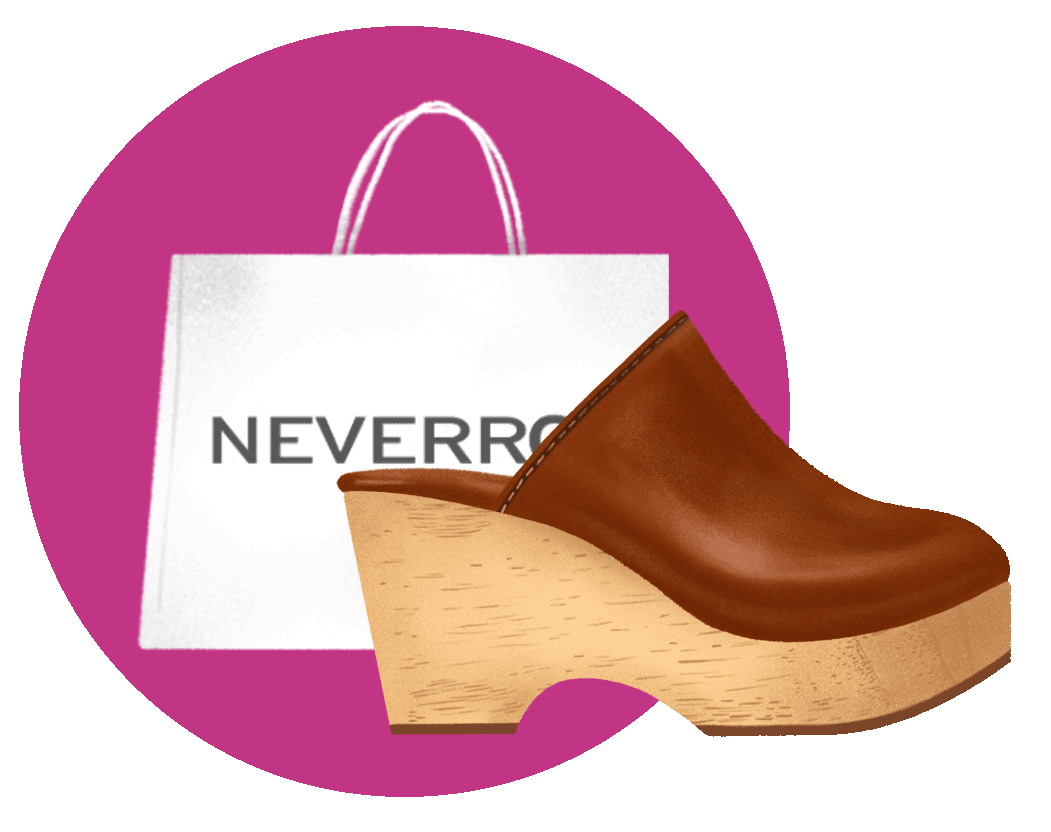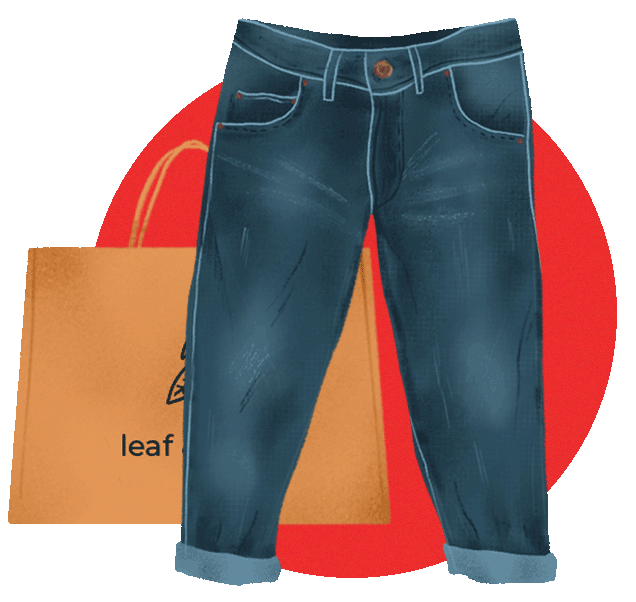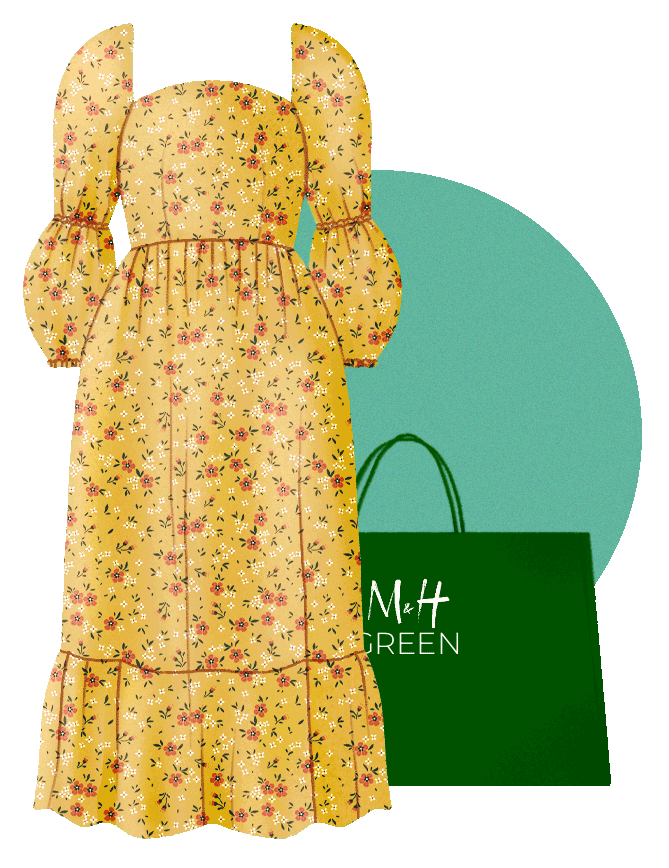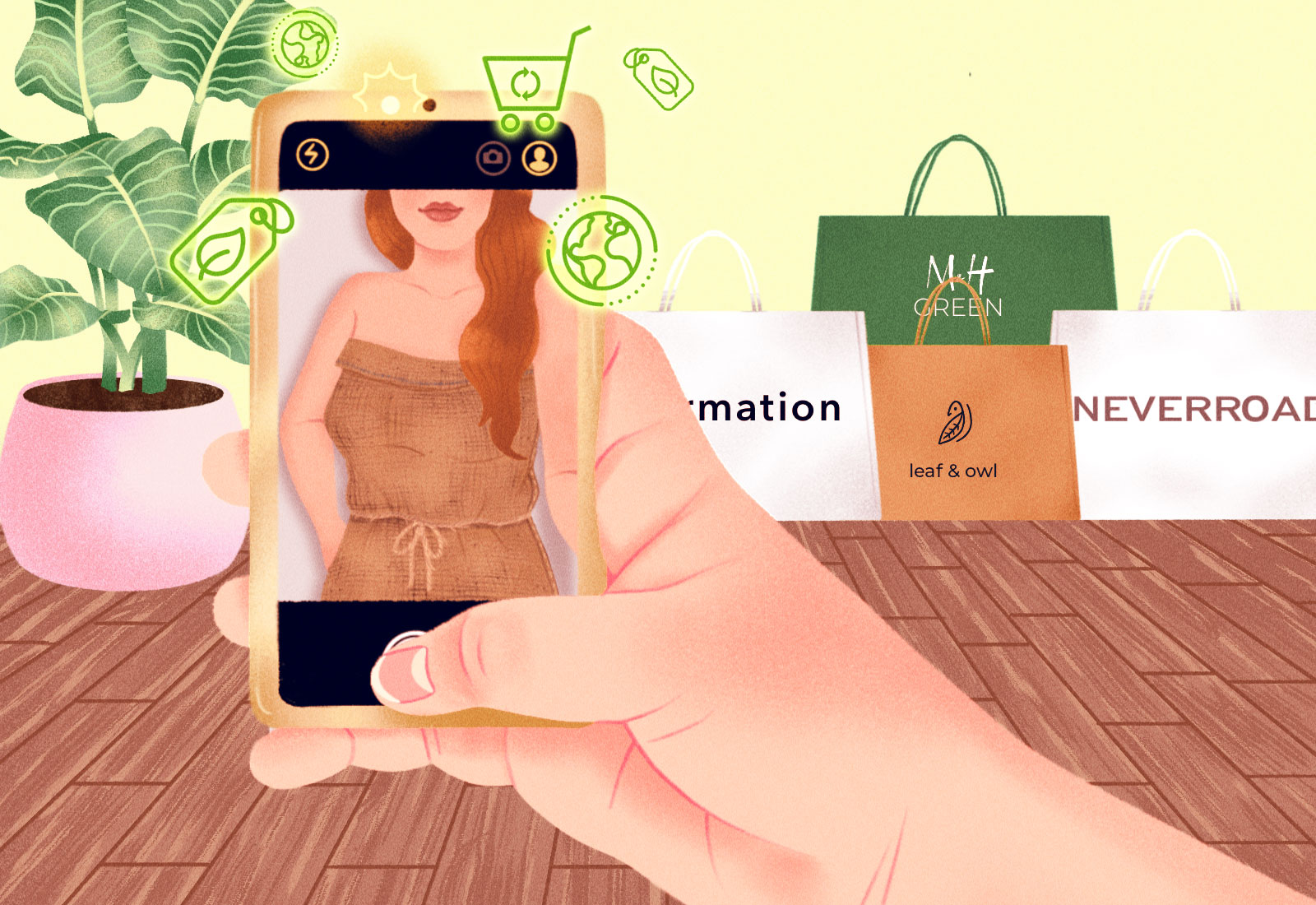This article is part of Ask Umbra’s guide on How to Dress for the Planet.
As a bright-eyed twentysomething, Hannah Neumann wanted to make the world a better place. She looked around at her options and, given that it was 2011, landed on starting a blog. It began as a place to share sustainable lifestyle tips for consumers who, she felt, had both responsibility and power to change the world through what they bought and did in their homes. She offered advice on how to compost, reviews of Fair Trade chocolate, and recycling guides for her hometown of Saint Paul, Minnesota.
Before long, she had attracted a growing audience — her following swelled to around 20,000 on Instagram at its peak, which was significant for a sustainability blogger at that time — and with that following came attention from brands, especially fashion companies, that wanted to pay her to promote their wares. Since they made commitments to treat their workers well and do right by the earth, she happily obliged.
Neumann developed a protocol for asking brands about their impact, requesting that they fill out a form answering what she considered a set of basic questions about their sourcing and labor practices. But the more she did so, the more dissatisfied she became — often companies that claimed to have ethical production as a core value couldn’t give clear answers about whether or not they were paying producers a living wage or about the provenance of their raw materials.
The lack of transparency started to eat at her, but the checks kept coming in. “All content creators are going to say, ‘I only work with brands I really believe in.’ But if you’re getting paid hundreds of dollars to write a post, there’s quite a large incentive to say nice things, even if you discover something about the company that isn’t great,” she says. “Because at the end of the day, you don’t want to bite the hand that feeds you.”

Neumann didn’t know it then, but she was one of a small handful of people forging a path that’s now more of a six-lane highway: that of the “sustainability influencer.” While she was most active on Blogspot, her successors thrive on YouTube, TikTok and Instagram, where they promote hiking gear made from recycled plastic bottles, organic maternity dresses, and secondhand Y2K-inspired looks. This relatively new cadre is susceptible to the same market forces that Neumann encountered — despite good intentions, influencers’ financial dependency on brands can result in them amplifying skewed ideas about how to right fashion’s environmental wrongs. And experts say that influencers’ paid recommendations often run counter to the most basic sustainability rule of all: we can’t shop our way to a better world.

Corporate spending on influencer marketing expanded by a whopping 42 percent in 2021 and is estimated to hit $15 billion in 2022. Combine that with reports that fashion executives consider sustainability one of their “biggest opportunities for growth,” and it’s not hard to see why the category has proliferated.
“Influencers are seen as credible sources, almost like friends, but marketers are not,” says Sevil Yesiloglu, senior lecturer in advertising and digital communications at the University of the Arts London and co-editor of the book Influencer Marketing. “So, marketers are going, ‘OK, I need to find those people who are seen as credible, who are not perceived as selling things.’” Marketers’ underlying assumption, of course, is that influencers must in fact be quite good at selling things, regardless of perception, or they’re not worth the cost.
Like their mainstream counterparts, sustainability influencers’ power comes from gaining followers’ trust, Yesiloglu says. But the key difference is that sustainability influencers don’t just have to convince their followers that they’re cool; they have to convince them that they’re sincere and knowledgeable guides on the topic of living sustainably.
For the most conscientious of sustainability-focused content creators, that means spending ample time trying to learn about a given issue or product before they share about it online. But whereas other information-sharing professions often come with accountability structures built in for catching and correcting misinformation — like scientists submitting their research for peer review, or newspaper journalists submitting to editors and fact-checkers before publishing an article — content creation rarely does.
That can mean that claims that sustainability scientists and other subject-matter experts might question, like the idea that making clothing from recycled water bottles is an unequivocally good thing or the oft-repeated but unsubstantiated claim that fashion is the second most polluting industry in the world, can spread unchecked online. Influencers don’t necessarily deserve more of the blame for misinformation than traditional fashion magazines — a lack of rigorous inquisition of sustainability claims remains a persistent issue in fashion media at large, with many well-respected publications beholden to advertiser interests.

But the problem persists on social media, where the emerging influencer economy has very little regulatory oversight. That is especially problematic when it comes to potential greenwashing, says Yesiloglu. As a result, maintaining credibility is based largely on vibes, for lack of anything more concrete. Groups like the Ethical Influencers network, founded by UK-based sustainability-focused influencer Besma Whayeb, try to get around that by encouraging influencers to “do plenty of research” and “listen to your gut” about brands before agreeing to paid partnerships, and offering courses on how to properly label ads in a “clear and trustworthy way.” Even still, says Whayeb, it would be impossible for everyone in the network to say, “‘We’ve never participated in greenwashing.’”
These issues are partly a function of how social media works. “What influencers do is regurgitate and reshare information. So at some point, messages can get diluted and attention can be pulled away from people or places where it’s really important,” says Neumann. “We can’t equate consumption-focused content creation with activism or journalism.”
Neumann eventually became so uncomfortable with the tension inherent in sustainability influencing that she decided to change course — she still wanted to be a part of fixing the fashion industry, but she was no longer convinced content creation was the best way to do it. Instead, she moved to the Philippines to head up a small garment factory focused on low-waste production and living wages, where she lives and works today.
Still, for every Neumann type who’s walked away from influencing — and she notes there are many formerly well-known figures from her peer group who have done so — there seem to be a dozen new content creators that have risen up to take their place.

Researchers most closely tracking the environmental impact of the fashion industry argue that the kinds of actions sustainability influencers tend to recommend, like eschewing virgin polyester leggings for recycled ones or even thrifting over buying new, will never be enough to bring the fashion industry within planetary boundaries if overall consumption doesn’t decrease.

“If they say something about the use of ‘sustainable fibers,’ I start seeing red,” says Ingun Grimstad Klepp, a professor of clothing and sustainability at Consumption Research Norway at Oslo Metropolitan University. “Because the differences between the [impact of] different garments are very, very small compared to the quantity you buy.”
Klepp points out that for all the ways the sustainability conversation has become mainstream, a shift which influencers like Neumann may have contributed to, average utilization of individual garments is still falling — in other words, we all have more clothes than ever before, but we’re wearing them less. That pattern alone ought to indicate that current strategies aren’t working.
Kate Fletcher, a research professor of sustainability, design and fashion at the Centre for Sustainable Fashion in London, agrees.
“It seems logical to endorse one brand over the other, but that will always be fundamentally limited by the original ideas and principles of capitalism,” she says. “Despite our best efforts over the last 30 years of trying to tweak that system, things are getting worse, not better, simply because the cumulative scale of the sector outpaces any benefits derived from our greener strategies.”
The only solution, Fletcher thinks, is a fundamental paradigm shift away from the growth model that undergirds the influencer economy and fashion itself. Fletcher’s book Earth Logic, co-authored with Mathilda Tham, tries to offer solutions to fashion’s ecological problems through the application of systems thinking, a discipline that approaches complicated problems holistically rather than fragmenting them into smaller parts.
The conclusions they come to are stark: The fashion sector will have to shrink; no ifs, ands, or buts.
Paralleling their colleagues in the degrowth movement, Fletcher and Tham argue that even circularity, fashion’s favorite buzzword of the moment, will not be enough to halt fashion’s contributions to climate change and ecosystem destruction if the scale of the industry itself isn’t reduced.
To Fletcher, that means also moving away from one of the defenses that sustainability influencers frequently employ: The money they make selling “green” products is justified, they say, because it helps fund their other environmental work. But she thinks the logic of this oft-repeated sentiment can obscure the urgent shift that needs to take place if the fashion industry is ever going to become compatible with a livable planet.
“I find it a very cynical argument,” Fletcher says. “We’ve known for a long time that ‘green’ products do little to change behavior, if anything at all. It seems impossible to say that you can just keep promoting better alternatives, but stick with the growth-focused ideology that underpins it all, because that’s not going to change anything.”
In an era where the odds are stacked in favor of those who uphold the status quo, that means that influencers and followers alike might have to start holding themselves to a higher standard.
For the casual Instagram scroller, that may mean asking more questions of influencers and their content. These might include: What does this person stand to gain by sharing this information or product recommendation? Is there a subject matter expert who doesn’t have a financial stake in this who I can cross-check these claims with? Did this influencer get their information from a primary source, like a scientific study, or from a secondary source, like a blog post they found online? And the most important reflection of all: Does following their account make me want to buy more stuff I don’t need?
On the deepest level, it will almost certainly mean making the mental shift from consumer to citizen. That starts with an acknowledgement that better shopping will never be adequate to fix the fashion industry. The system needs to transform in a fundamental way that will only be achievable through political action and regulation.

The good news is that there’s a growing coalition of people trying to do just that. After nearly three decades of trying to fix the fashion industry through better buying, some advocates have started to see changing policy as more effective, and are creating ways for citizens to be a part of bringing about that shift. A recent example came in the form of SB62, a California law meant to protect garment workers from wage theft, which went into effect on January 1. Passing the bill took years of organizing by garment workers, activist groups, and concerned citizens — many of whom got connected to the movement by hearing about it on Instagram. Proponents of the New York Fashion Act, a bill introduced earlier this year, hope to follow a similar pathway to ensuring better regulation of the industry’s environmental impact.
It’s this shift that gives clues as to what hypothetical “Earth Logic influencers,” as Fletcher calls them, might look like in the future. From her perspective, such “influencers” would need to pioneer new business models that don’t require them to help brands sell clothing to stay financially afloat. But some of the other things sustainability-focused content creators bring to the table, like the ability to “elucidate or give visual form to other ways of living and doing things,” will continue to be useful in shrinking the footprint of the fashion industry to a size well within planetary boundaries, she says.
Politicians, scientists, business executives, and climate activists have spent decades engaged in a deadlock over the societal consequences of making and selling less stuff. The choices that the fashion industry finds itself facing are simply one component of a greater economic conundrum, which Fletcher recognizes “has complicated implications, especially in the short term.” But something simply has to give.
“At the end of the day,” she says, “perhaps the only thing we’ve got is our integrity.”




